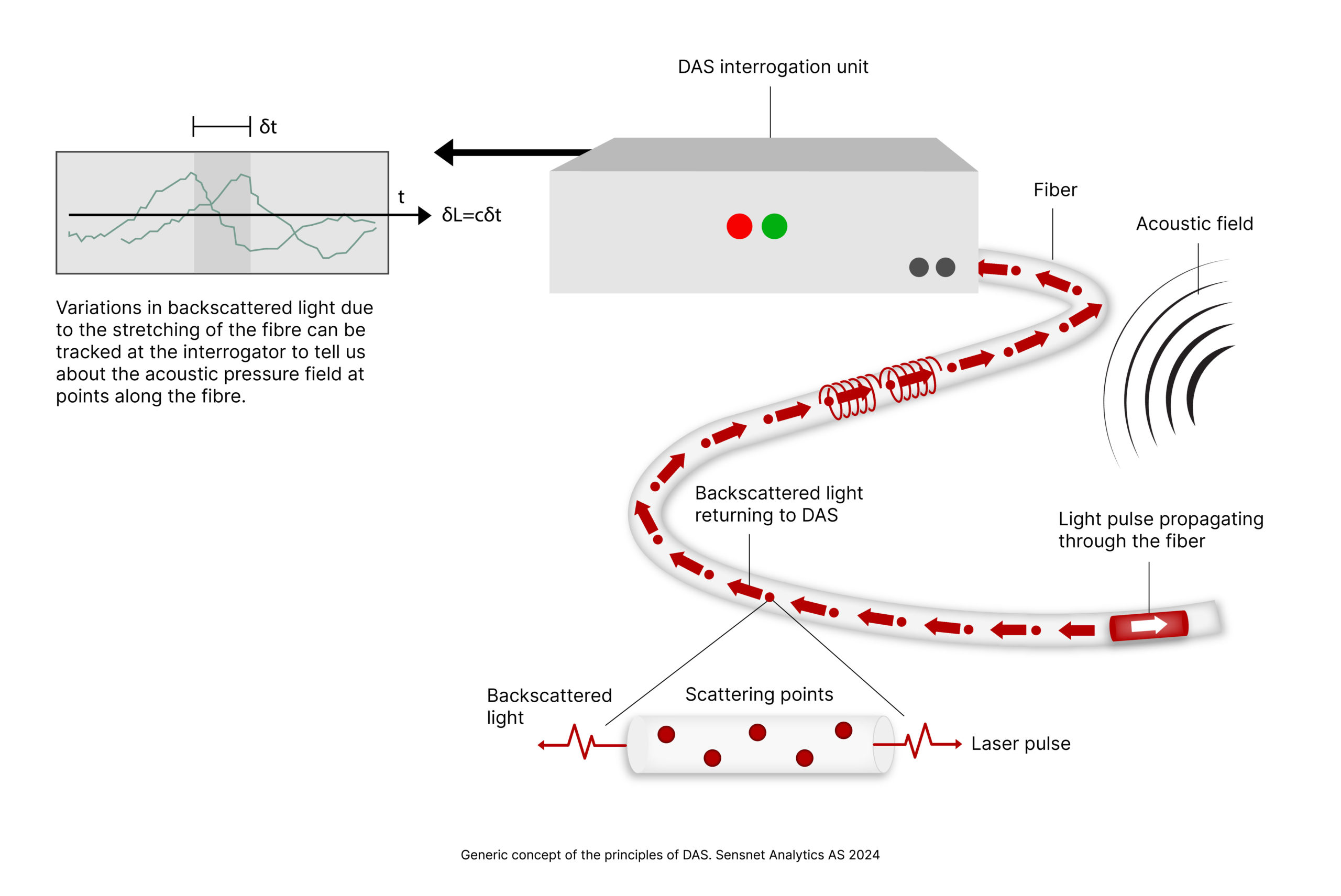DAS TECHNOLOGY
How to use the existing DAS technology

How we repurpose fiber optic networks for versatile distributed sensor systems.

Power lines and electrical grid
DAS technology, ideal for long-distance monitoring of infrastructure like powerlines and underwater cables, ensures grid reliability through real-time monitoring, fault detection, and security surveillance.

Railway
Fiber cables along railways enable DAS technology, monitoring trains for safety, security, and maintenance, including detecting positions, anomalies, and environmental factors, ensuring smooth operations and wildlife safety.

Pipelines and subsea installations
For pipelines and subsea installations, DAS technology provides real-time monitoring for leak detection, security, structural health, geohazard identification, and flow assurance, ensuring environmental protection, security, structural integrity, risk mitigation, and operational efficiency.

Urban areas and Smart City concepts
DAS technology in urban areas and Smart City concepts enables traffic monitoring, structural health assessment, security, utility network monitoring, environmental impact assessment, smart city applications, and geophysical surveillance, promoting traffic efficiency, safety, infrastructure integrity, environmental sustainability, and disaster preparedness.

Geophysical applications
DAS technology plays a crucial role in geological hazard monitoring, including quick clay landslides, volcanic activity, and landslides, by providing early warning systems through data collection and analysis of ground vibrations, magma movement, and slope stability, facilitating risk assessment and evacuation planning to mitigate disaster impacts.

Environmental surveillance
In environmental surveillance, DAS technology monitors underwater ecosystems and marine life, detects pollution from underwater pipelines, and tracks marine mammals, aiding disaster preparedness, minimizing collisions with vessels, and supporting oceanographic research to preserve marine habitats and ecosystems.

